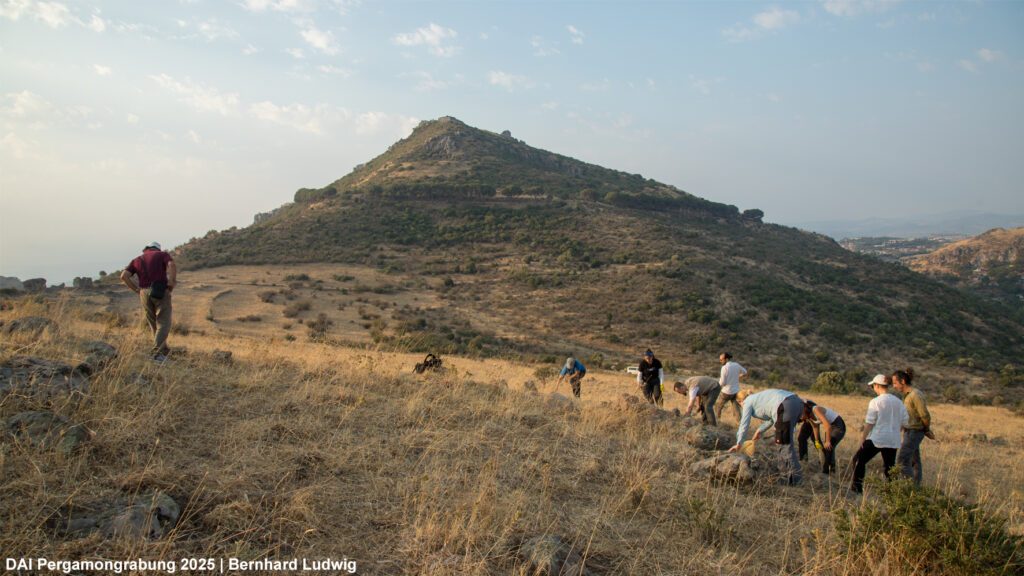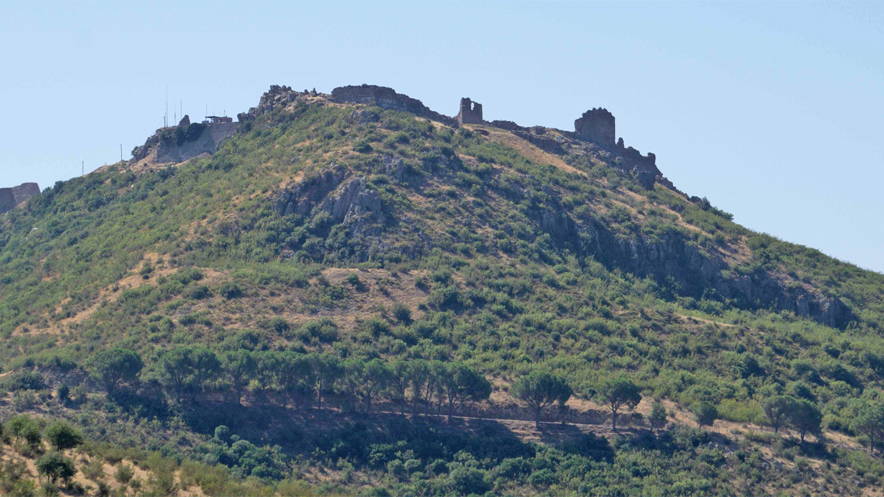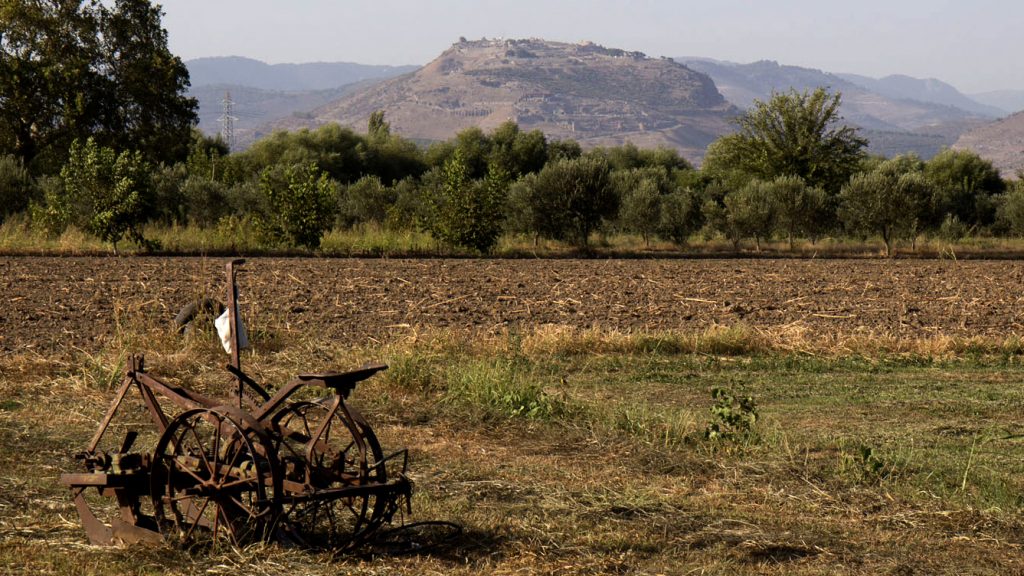We are excited to announce that four new articles from the TransPergMicro project have been recently published in the latest volume of the Istanbuler Mitteilungen. These articles shed light on various aspects of Pergamon and the micro-region during the Hellenistic and Roman periods. We invite you to explore these open-access publications:
Aspekte der Tiernutzung in römischer Zeit am Beispiel der Mikroregion von Pergamon in Kleinasien
by Peggy Morgenstern
The analysis of approximately 12,400 animal bones and mollusks from the so-called Banquet House of Pergamon, the ruins of which had been used as a rubbish dump during the Roman Imperial periods, reveals that most remains are from food and slaughter waste, predominantly from sheep and goats. Together with an evaluation of all zooarchaeological data available from Pergamon so far, the findings suggest local rural husbandry, with possible dairy farming in the city, and indicate that animals were brought alive to the city for slaughter. Additionally, the presence of wild species points to a vegetation-rich environment during the Roman Imperial period.
Römische Ruinen östlich des Selinos in Pergamon – Ergebnisse der Bauuntersuchung
by Léa Geisler
The 2021 excavation of Roman ruins east of the Selinos (Bergama Çay) in Pergamon, part of the TransPergMicro project, revealed details about the construction process and techniques of a large Roman building. The study reconstructs the building’s extent and a niche wall based on historical documentation, suggesting a shared building program with the Pergamon amphitheater, with hopes for further insights from future investigations.
Das Theater in der römischen Unterstadt von Pergamon – Ergebnisse der Bauuntersuchung
by Thekla Schulz-Brize, Léa Geisler, İhsan Yeneroğlu and Camillo Dimai
The theater in the lower city of ancient Pergamon, built during the Roman imperial period, used to be scholarly neglected until recently, although its southern retaining wall (analemma) with the signature gate (Viran Kapı) always formed a prominent monument in the cityscape of ottoman and modern Bergama. Recent studies by a team of building archaeologists from the Pergamon excavation revealed, among others, the exciting fact that the theater in Pergamon´s lower city was the largest ancient theater in Asia Minor known so far, showcasing monumental design as part of the competitive architectural rivalry between Pergamon, Smyrna, and Ephesus. Though only a few structures remain, the theater highlights the city’s significant civil engineering achievements.
by Zeki Mete Aksan, Bernhard Ludwig, Güler Ateş, Annika Skolik, Fabian Becker, Ercan Erkul, Wolfgang Rabbel, Jörn Lang, Sara Al Jarad, Felix Pirson and Brigitta Schütt
Interdisciplinary research on a rural site in the western lower Bakırçay (ancient Kaikos) plain of the Pergamon Micro-Region has suggested that the site, primarily served as an extensive rural residence with agricultural functions. Although its precise function and the respective terminological denomination cannot be determined for sure and probably changed over time, analysis of geophysical data, architecture, pottery, and geography indicates multiple phases of occupation from the late Hellenistic to Byzantine periods and a spectrum of usage including sacral, agricultural, and representative functions.
Stay tuned for more updates and discoveries from the TransPergMicro project!



